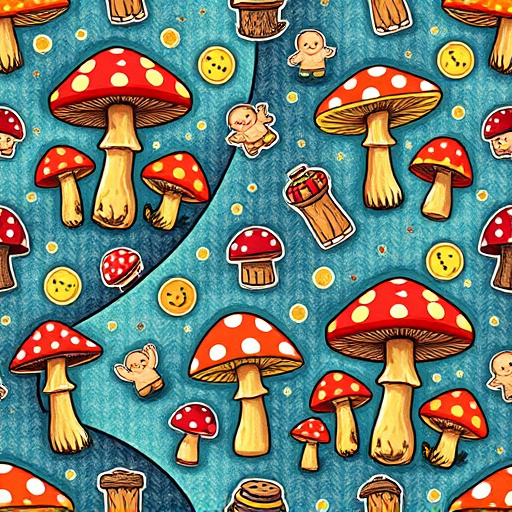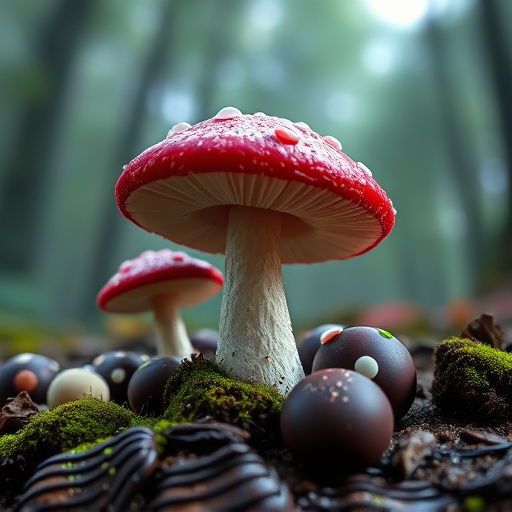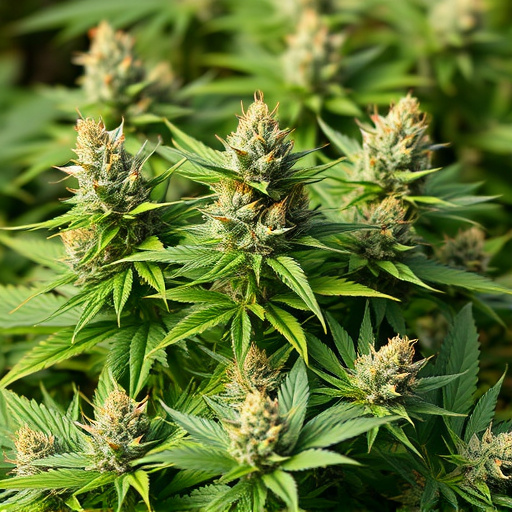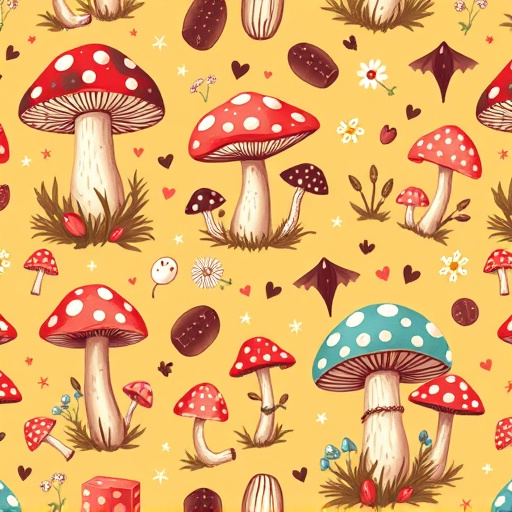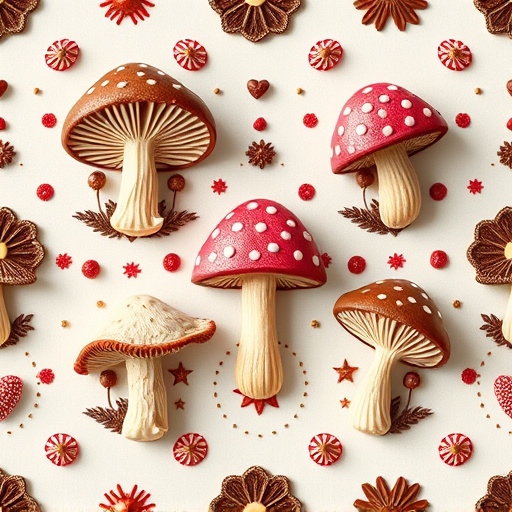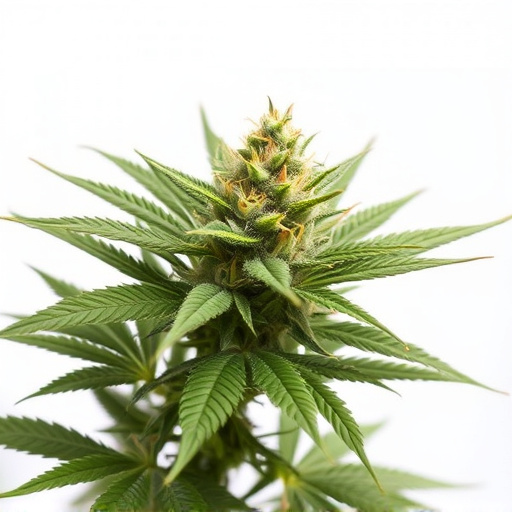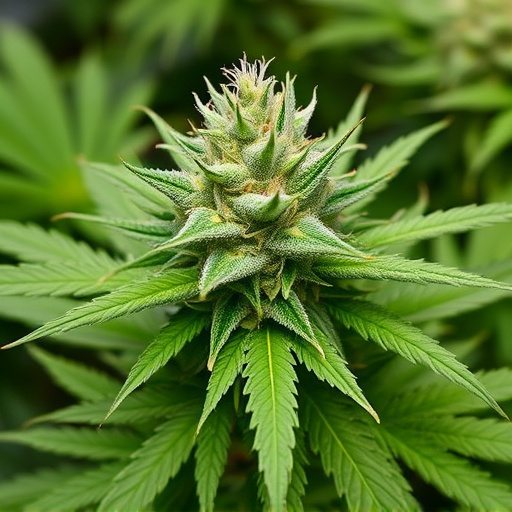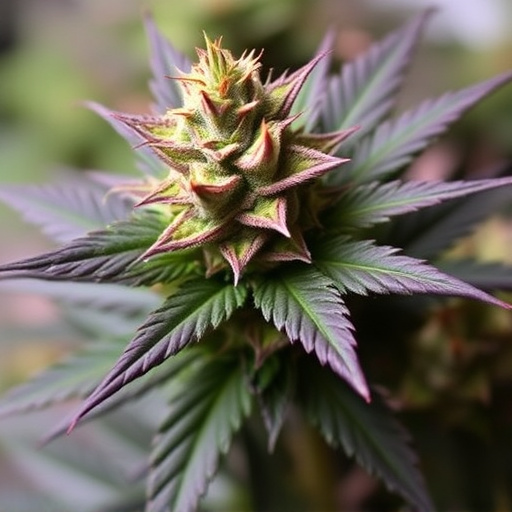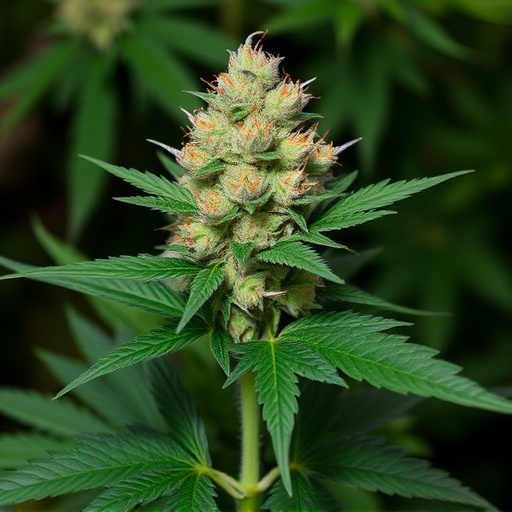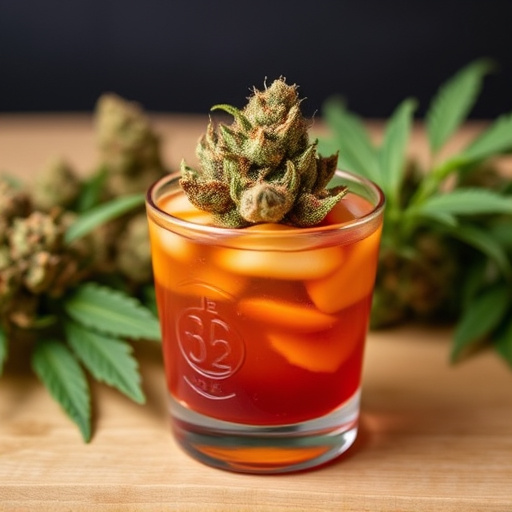Unraveling the chemical profiles of cannabinoids and terpenes is key to understanding the diverse colors, flavors, and effects of cannabis strains, especially the sought-after "best tasting cannabis strains." Genetic mutations and environmental factors contribute to unique pigments like anthocyanins, resulting in vibrant colors like purple, red, and blue. Cultivators use selective breeding and controlled environment techniques to enhance these pigments, creating visually stunning and highly desirable best tasting cannabis strains.
Uncover the intriguing secrets behind the vibrant hues of purple, red, and blue weed in this comprehensive guide. We explore the complex interplay between cannabinoid and terpene profiles, genetic mutations, and environmental factors that contribute to these unique strain colors. Discover how cultivation practices play a pivotal role in creating some of the most sought-after and best tasting cannabis strains known today.
- Understanding Cannabinoid and Terpene Profiles
- Genetic Mutations and Environmental Factors
- The Impact of Cultivation Practices on Strain Colors
Understanding Cannabinoid and Terpene Profiles
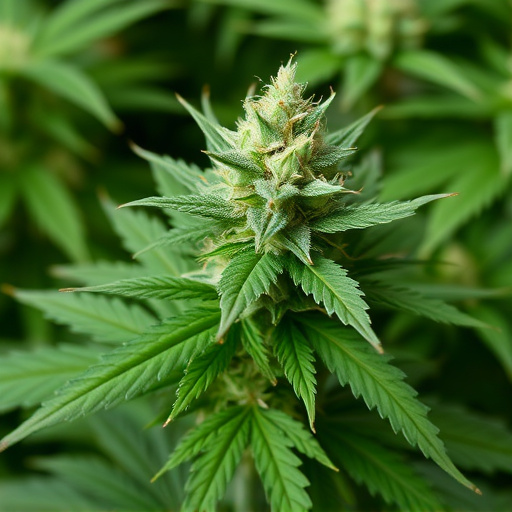
Understanding the intricate profiles of cannabinoids and terpenes is key to unlocking the secrets behind the diverse colors and flavors in cannabis. Cannabinoids, such as THC and CBD, are responsible for the plant’s psychoactive effects and medicinal properties, respectively. Terpenes, on the other hand, are aromatic compounds that not only contribute to the distinct smells and tastes of different strains but also may enhance or alter the effects of cannabinoids.
These chemical components interact with each other in a complex dance, leading to the unique characteristics of what we know as “purple,” “red,” or “blue” weed. Certain terpenes can impart specific hues, while others influence the overall flavor profile, making some strains more desirable than others for consumers seeking the best tasting cannabis. By studying these profiles, cultivators can craft strains with precise attributes, catering to diverse preferences and offering a wide range of therapeutic benefits.
Genetic Mutations and Environmental Factors
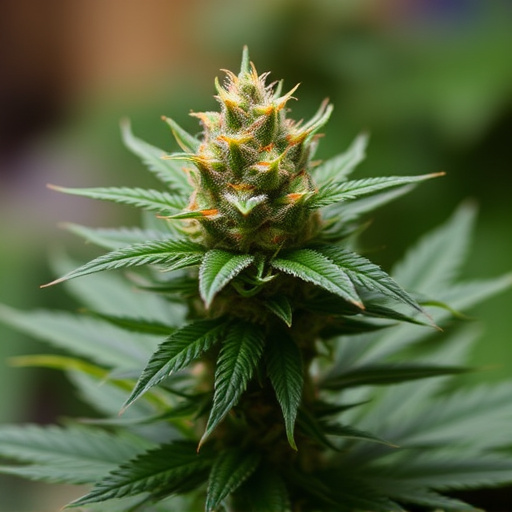
Genetic mutations play a significant role in the emergence of unusual colors in cannabis plants, including purple, red, and blue hues. These mutations can alter the production of pigments that give the plant its typical green color, leading to the development of unique color variations. For example, anthocyanins, which are responsible for red and purple shades, might be expressed at higher levels due to a genetic shift, resulting in captivating cannabis strains with vibrant colors.
Environmental factors also contribute to the cultivation of these distinctive strains. Elements like sunlight exposure, temperature, and nutrient availability can influence pigment production. Certain conditions may encourage the expression of anthocyanins, creating stunning blue or red tones. Moreover, specific environmental stimuli can lead to a combination of pigments, resulting in the exquisite purple shades that are highly sought after by cannabis enthusiasts, including those who appreciate the best tasting cannabis strains known for their visual allure.
The Impact of Cultivation Practices on Strain Colors
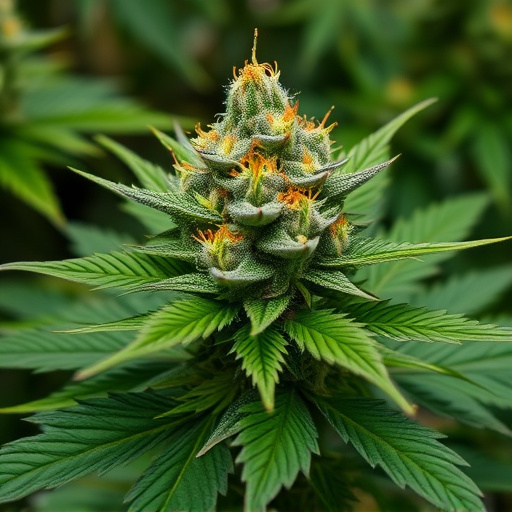
Cannabis cultivators often strive to create unique and desirable strains, and one way they achieve this is through careful cultivation practices that influence the final color of the plant. The colors purple, red, and blue in cannabis are not merely aesthetic; they are the result of complex chemical interactions within the plant. For instance, anthocyanins, a type of pigment, play a significant role in imparting these vibrant hues. Through selective breeding and cultivation techniques, growers can enhance the expression of these pigments, leading to visually stunning and often sought-after best tasting cannabis strains.
Different cultivation methods, such as lighting adjustments, temperature control, and nutrient manipulation, can significantly alter the plant’s metabolism and pigment production. Growers may use specific lighting spectra to trigger anthocyanin synthesis, resulting in richer colors. Additionally, optimal growing conditions ensure that the plants receive the necessary nutrients for healthy metabolism, indirectly contributing to the development of desirable strains with vibrant colors that attract cannabis enthusiasts.
The captivating colors of purple, red, and blue in weed are not mere coincidences but a result of intricate interactions between genetic mutations, environmental factors, and cultivation practices. Understanding these elements is key to appreciating the diverse profiles that contribute to the best-tasting cannabis strains. By recognizing the role of cannabinoid and terpene profiles, we can better navigate the market for exceptional experiences, ensuring that the vibrant hues align with the exceptional flavors sought by connoisseurs.

